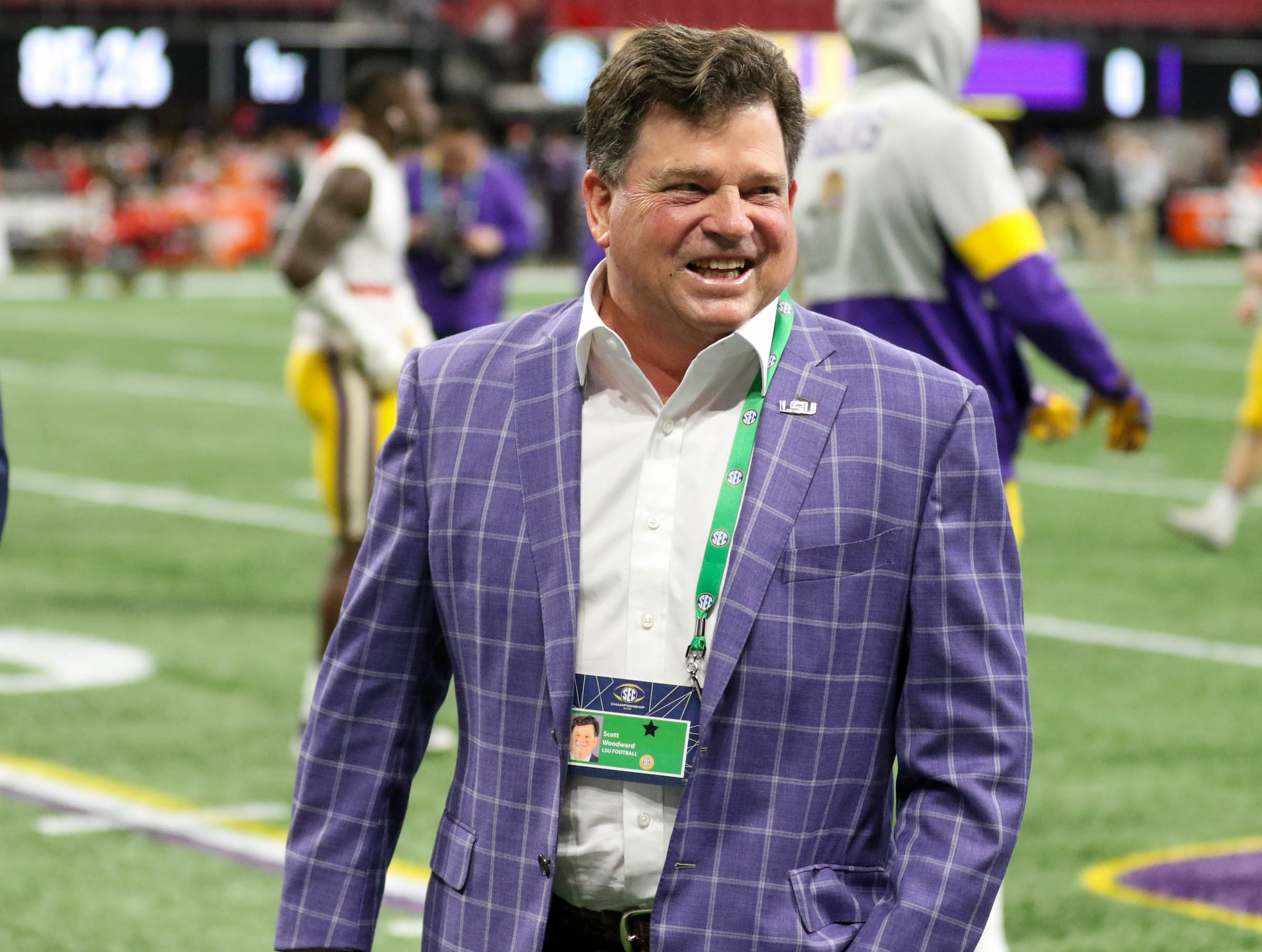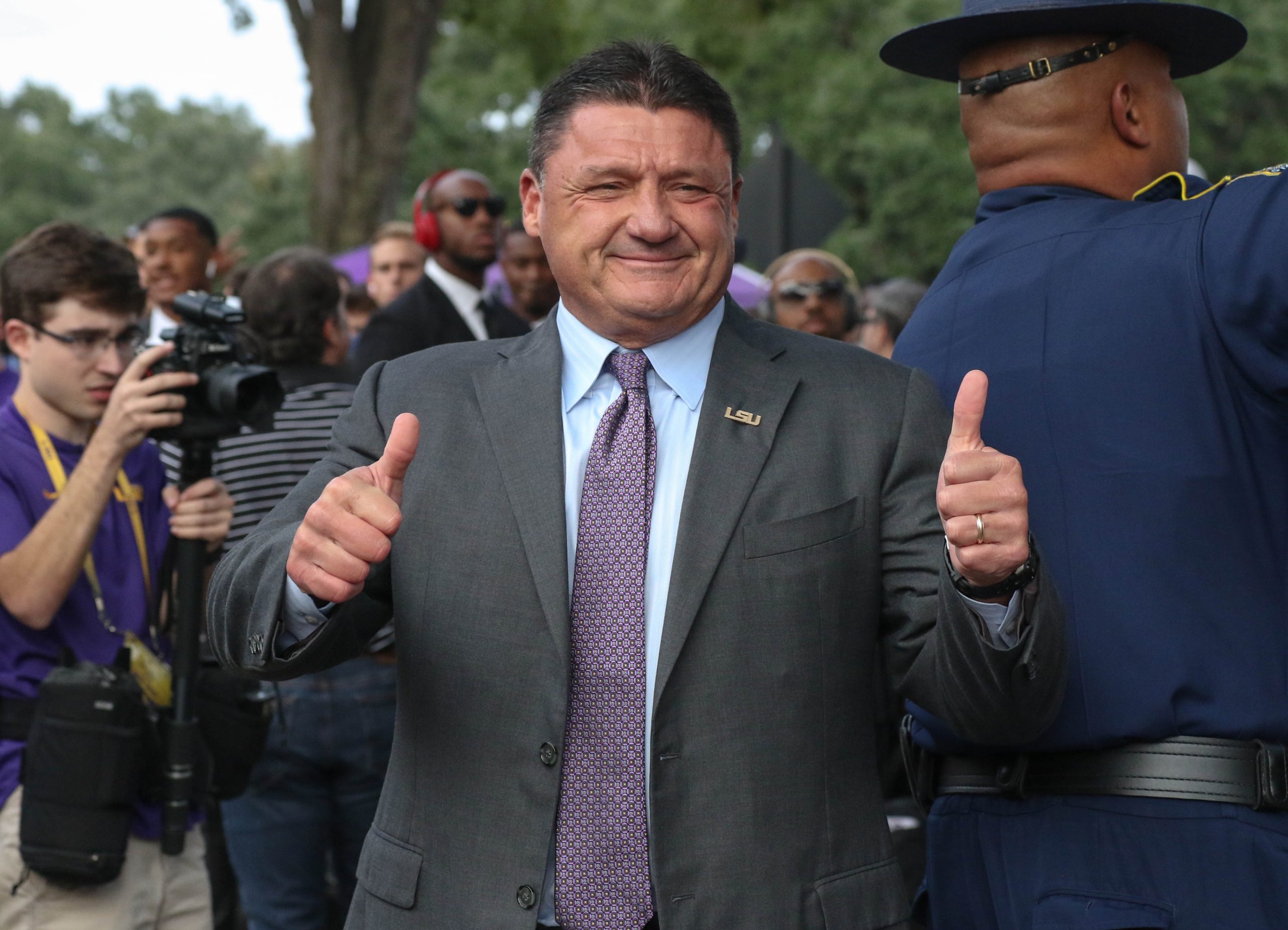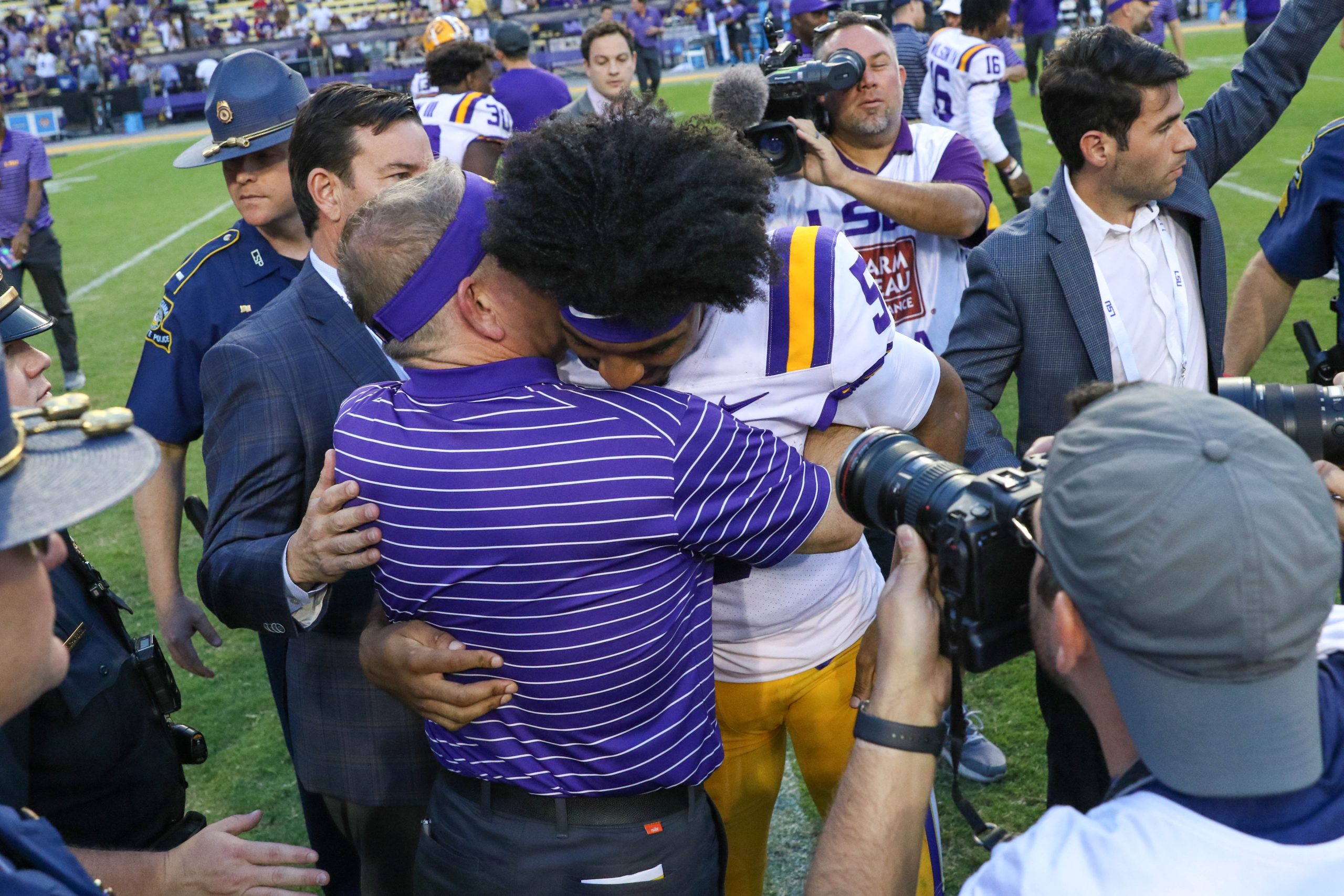
By the time our Tiger Rag August 2020 preseason football edition rolls off the press in a week or so, the magazine may be a collector’s item.
A preseason publication for the season that never was. Or for a preseason lasting until next March or April when the 2020 season might start.
After five months of praying the deadly worldwide COVID-19 pandemic would take a positive dip, there’s finally the stark realization the 2020 college football season for all NCAA divisions may just be postponed until next spring.
The commissioners of the five Power 5 Conferences – the SEC, ACC, Big Ten, Big 12 and Pac 12 – held a virtual meeting Sunday as they finally face the reality they may have the pull the plug on fall sports and delay the 2020 football season until the spring.
The horrific numbers to date– with more than 734,000 worldwide deaths (enough to fill Tiger Stadium seven times) – are not slowing.
Despite the tireless efforts of athletic administrators and head football coaches and staffs following every safety protocol possible, they can’t safely assure the health of their players once college students return to campus for fall semester classes.
It’s why more than 30 FBS (Division 1-A) players, including LSU senior starting defensive end Neil Farrell, have opted out of the 2020 season.
The Mid-America Conference, an FBS mid-major league with six postseason bowl tie-ins, announced it postponed all fall sports until the spring. FBS Independent UConn called off its football season.
Nine FCS (Division 1-AA) conferences have decided not to play football in the fall, enough to automatically cancel the Division 1-AA playoffs.
The NCAA decided it will not stage fall sports championship events in Division II and III.
The feeling is once a couple of Power 5 Conferences – the Big Ten and the Pac 12 are the most likely candidates – eventually announce they are calling it quits in the fall and moving the season to next spring, that the final three Power 5 Conferences will follow suit.
Yep even, the stubborn Big 12, the ACC and finally the SEC, the three leagues who’ve provided 17 of the 24 College Football Playoff participants and five national champions in the six-year history of the playoffs.
College administrators, hoping to play football and the rest of their fall sports, have optimistically eyeballed the July startup of several professional team sports like major league baseball, the NHL, soccer, the NBA and WNBA.
It’s evident that the leagues that have conducted their games in a contained centralized bubble of safety protocol, such as the NBA in Orlando’s Disney’s Wide World of Sports, the WNBA at IMG Academy in Bradenton, Fla. and the NHL in Toronto and Edmonton, have had low or no positive coronavirus test results.
How long the 16-game NFL season can last, even it starts as intended on Sept. 10, is a huge question mark. Games are scheduled home and away and not played in a controlled bubble, increasing the chance for COVID-19 transmission.
Since college football teams were allowed to return to campus in June, there have been sporadic bursts of positive coronavirus test results, but the controlled atmosphere has dramatically curtailed that.
Yet as college teams edged closer to official preseason practice start dates that were to begin as early as Aug. 7 with LSU and the rest of the SEC starting Aug. 17 pointing to a Sept. 26 opener in a 10-game league games only season, more players have wanted safety assurances that administrators can’t give.
In a July 29 phone call of the SEC student-athlete advisory council, an SEC player asked league commissioner Greg Sankey if “is it worth having a football season without certainty?”
Sankey responded, “Part of our work is to bring as much certainty in the midst of this really strange time as we can so you can play football in the most healthy way possible, with the understanding there aren’t any guarantees in life.”
Maybe the only way to keep college teams as healthy as possible is contain them in a controlled bubble until game day. Do what is being done now except all take virtual academic classes instead of being required to sit in class wearing a mask.
If school presidents want their athletic programs to survive, they’re going to have to do this. It’s been no secret for decades that college athletic departments stay alive from mostly football revenue, which is why everything has been done to accomplish playing the season for simple economic survival.
Even if somehow college football is played at a reduced capacity with 50 percent or 25 percent of fans in the stands, LSU athletic director Scott Woodward said in a letter to donors on Friday that “decreased capacity in Tiger Stadium and the costs of operating with COVID-19 measures in place will lead to unprecedented revenue losses in the tens of millions of dollars.”
The Tiger Athletic Foundation created what it calls the “Victory Fund” financially support critical areas like scholarships, healthcare and academic support for student-athletes. The foundation is offering five priority points per $1000 donated to the tax-deductible fund.
Additionally, LSU Athletics is offering five times the additional priority points per $1000 donated to season ticket holders who opt out of 2020 tickets and transfer their balance to the fund.
Woodward, even though he’s the A.D. in a conference which swims in an ocean of TV revenue annually, doesn’t want to cut any of LSU’s 21 sports programs. In the last financial statement filed by LSU to the NCAA for the 2018 fiscal year, 18 sports lost money including all 12 women’s sports. Football revenue was $86,579,944 with a profit of $55,017,948.
Woodward or any other athletic director wants to take away athletic and educational opportunities for high school and junior college graduates.
That fact seems to have been overlooked in recent weeks, especially by a group of renegade Pac 12 football players calling themselves #WeAreUnited trying to take advantage of what they perceived as a coronavirus-induced bargaining position.
Some of their demands were thoughtful and reasonable, but most were laughably ludicrous like wanting 50 percent of each sport’s total conference revenue evenly among athletes in their respective sports.
And there’s this statement from #WeAreUnited: “Because NCAA sports exploit college athletes physically, economically and academically, and also disproportionately harm Black college athletes, #WeAreUnited.”
Yes, college athletes are physically “exploited” with multi-million training facilities with the newest strength and technological equipment and a staff of experienced medical trainers and team orthopedic surgeons with all the modern injury rehab necessities.
Yes, college athletes are economically “exploited” because they feel entitled to a salary because schools make millions, but schools also spend millions on the scholarships, housing, feeding and training of athletes. Give athletes this concession: They should be granted restriction-free rights to profit off of their name, image and likeness.
Yes, college athletes are being academically “exploited” because they are hounded by a team of tutors doing everything possible to motivate them to do the academic work, get an education and graduate.
Finally, #WeAreUnited claims the NCAA “disproportionately harm Black college athletes.”
Take this race card out of this issue and consider probably 80 percent of major college football players – black, white, any ethnicity – don’t have the family income to attend college. A scholarship is their ONLY avenue to go college, the ONLY chance to be seen by NFL scouts, the ONLY shot at often being the only or one of the few college graduates in their families.
So, if any of the #WeAreUnited group or any other college athlete quits because they feel “exploited,” welcome to life, pal. It will take you two weeks tops to realize an early life lesson that anybody is replaceable at any time.
Go ahead and take your walk and there are hundreds of kids dreaming of signing a college scholarship ready to fill your space. It’s noble that you have stuck to your principles, principles don’t pay the bills.
Speaking of paying bills, athletic programs might be able to survive not cutting any sports if they trim their multi-layered administrative staffs.
To the credit of LSU’s athletic department, it is one of the few in the country that’s self-sufficient and doesn’t tap into the university fund.
But LSU, like most Power 5 Conference athletic departments, is top heavy with employees. The 2018 fiscal report listed the athletic department with 271 employees including 49 classified as hourly wage earners. Of the remaining 222 receiving annual salaries, 72 employees (32.4 percent) had salaries of six figures or more with 44 of those employees (61.1 percent) listed as coaches or assistant coaches.
Whatever is done to ease the financial burden, LSU’s athletic program has to survive again until the defending college football national champions are able enter the field in their accustomed manner.
That might mean a packed Tiger Stadium on an April Saturday night with 103,000 plus screaming “Geaux Tigers.”
Weird? Yes.
But anything less than that is just an empty shell, basically all dressed up and no place to geaux.




Be the first to comment